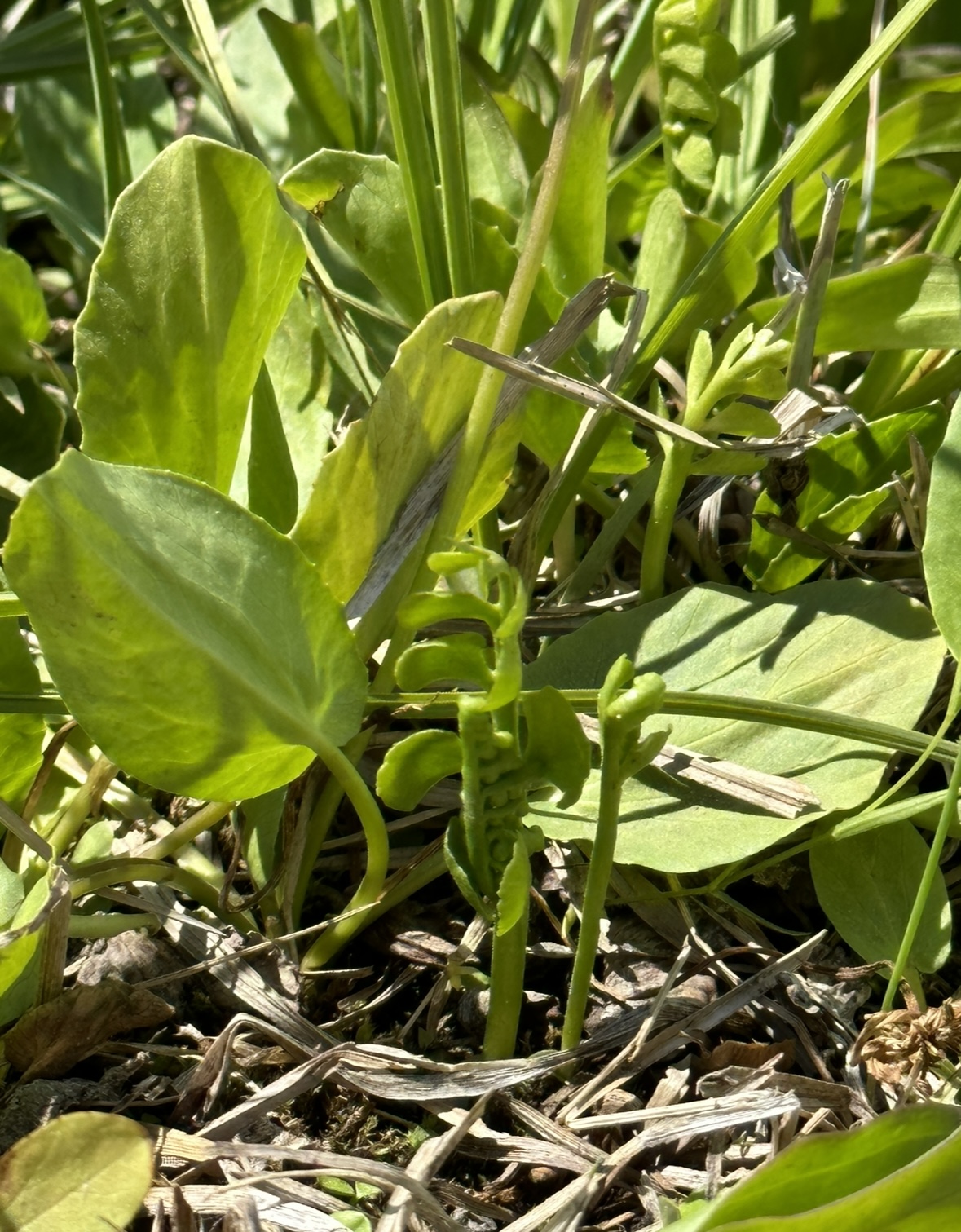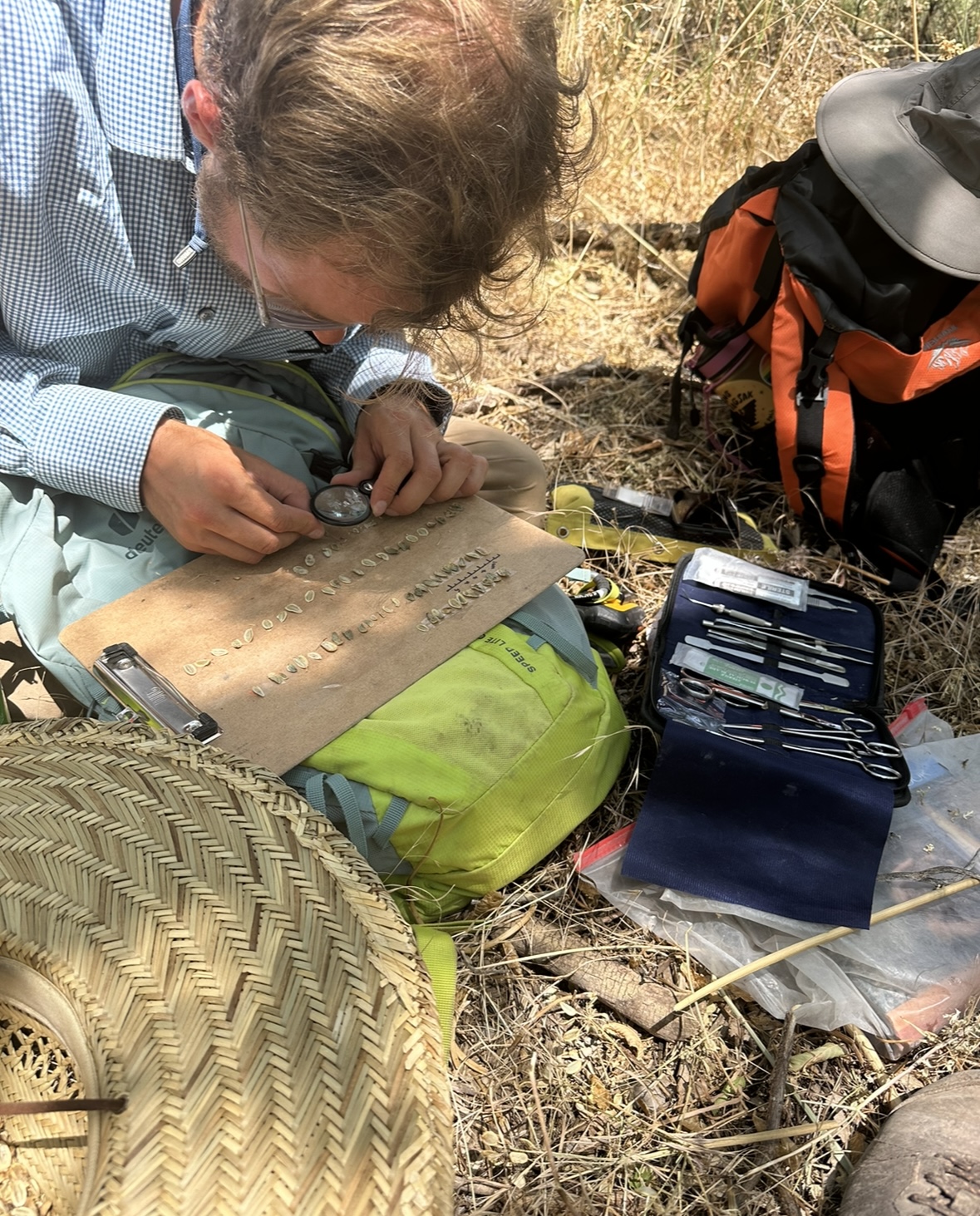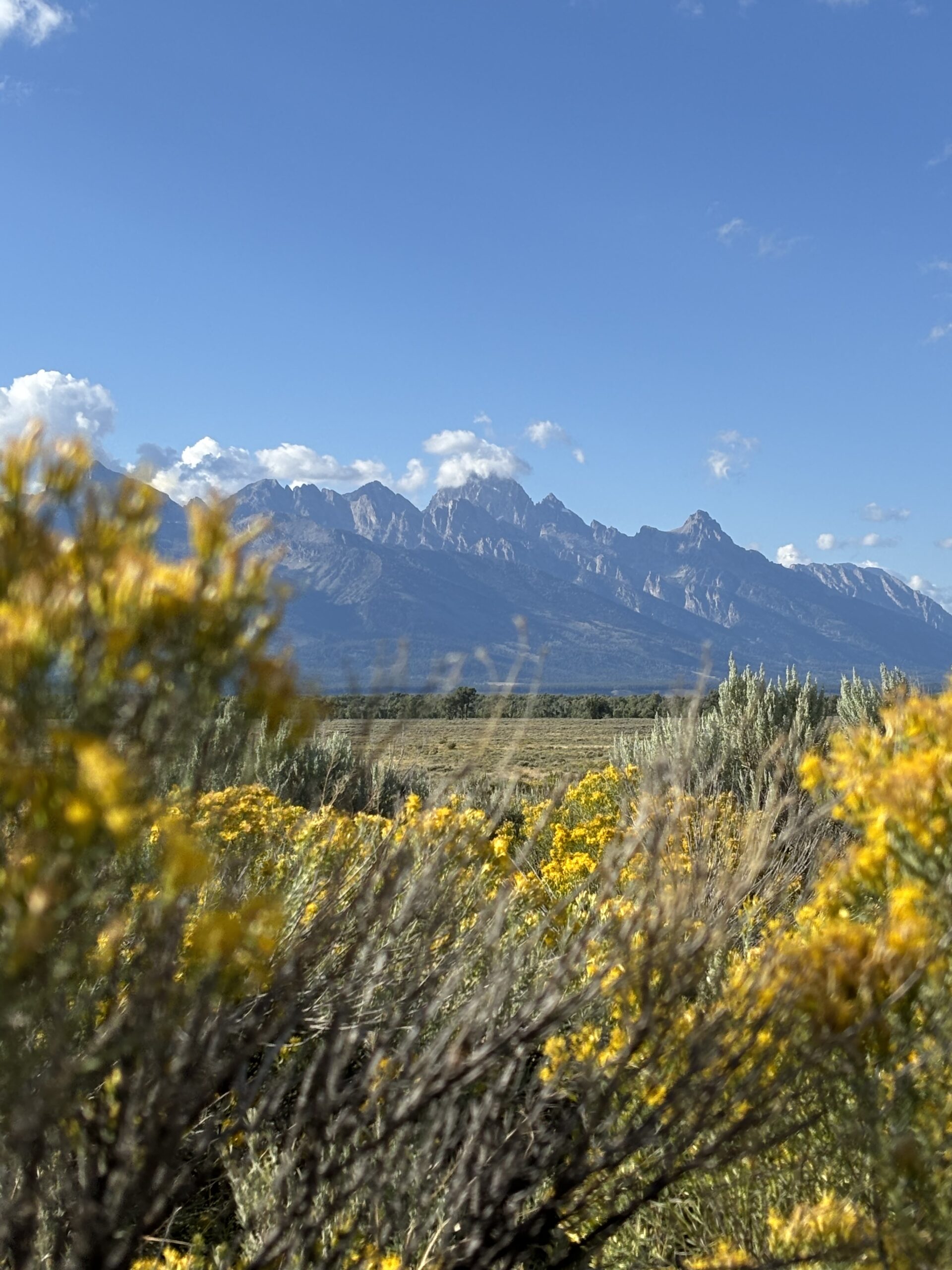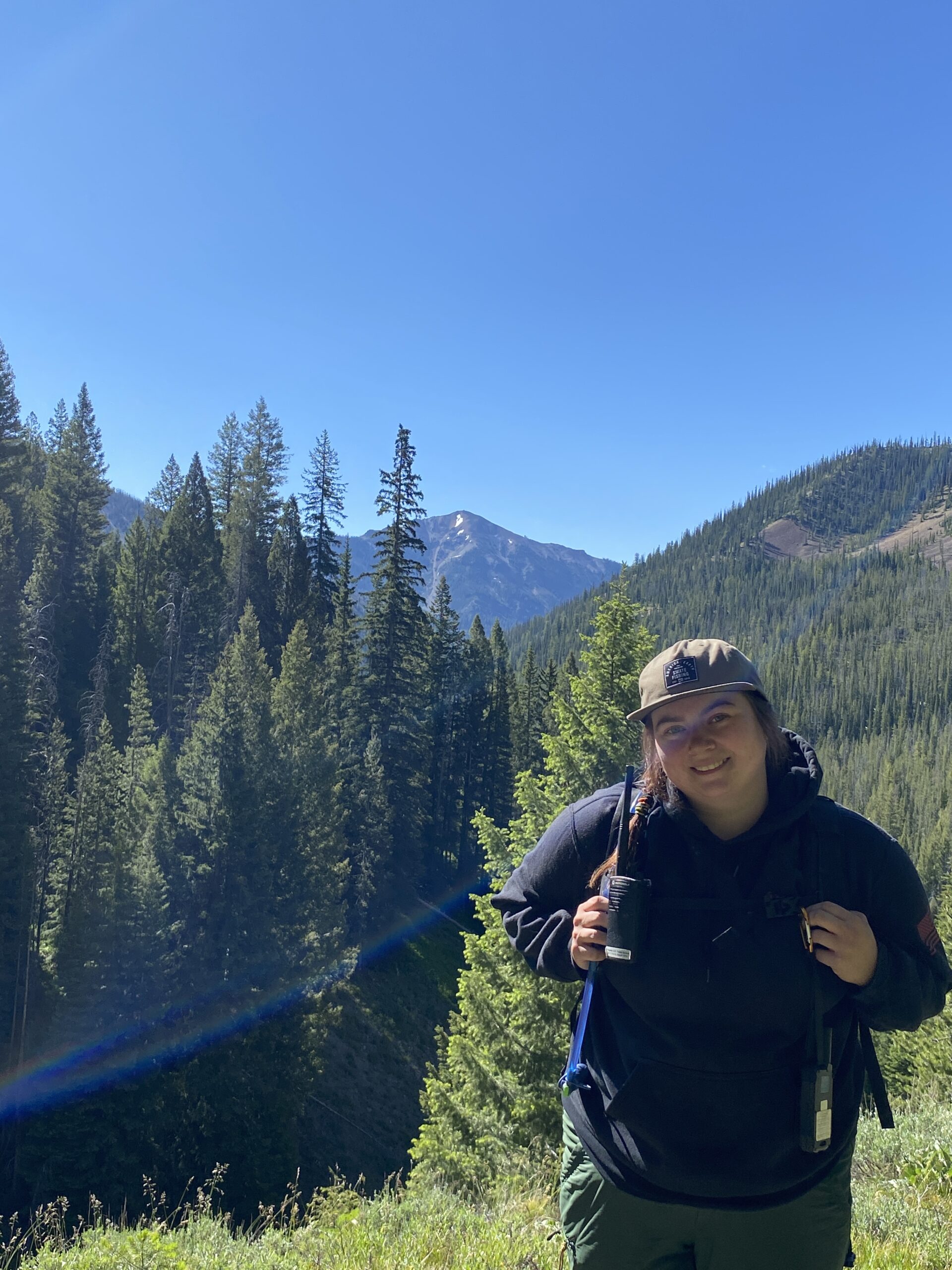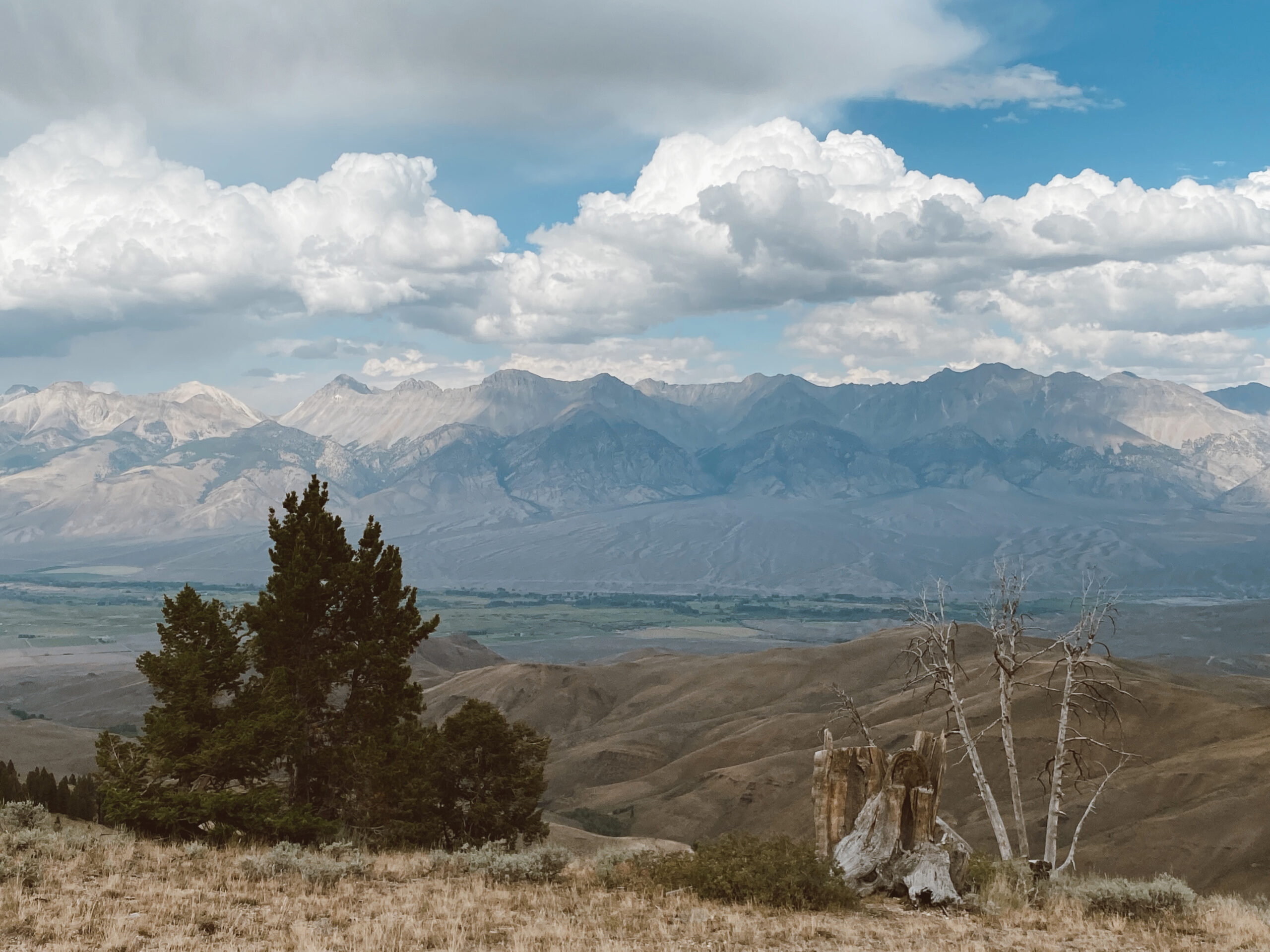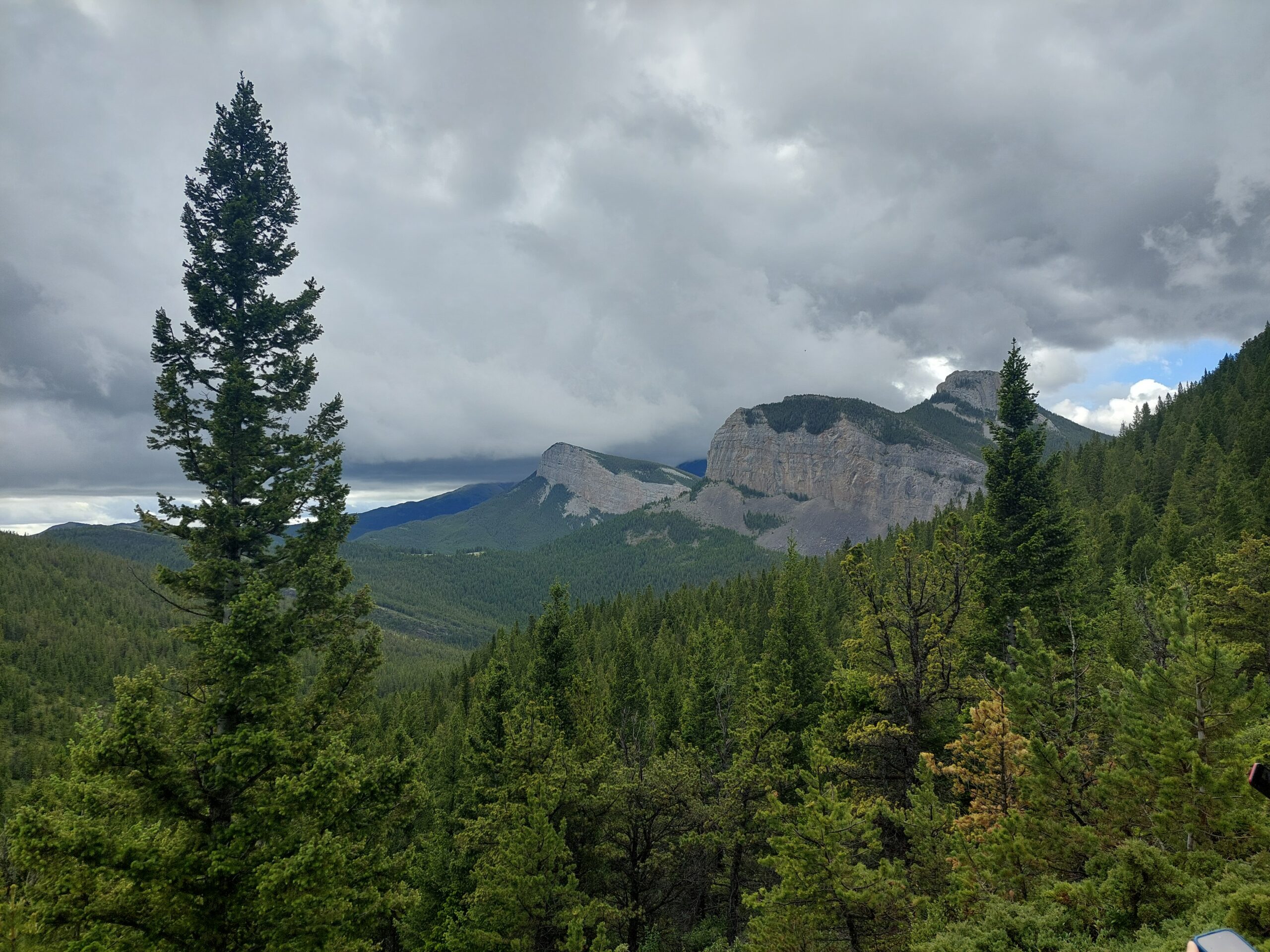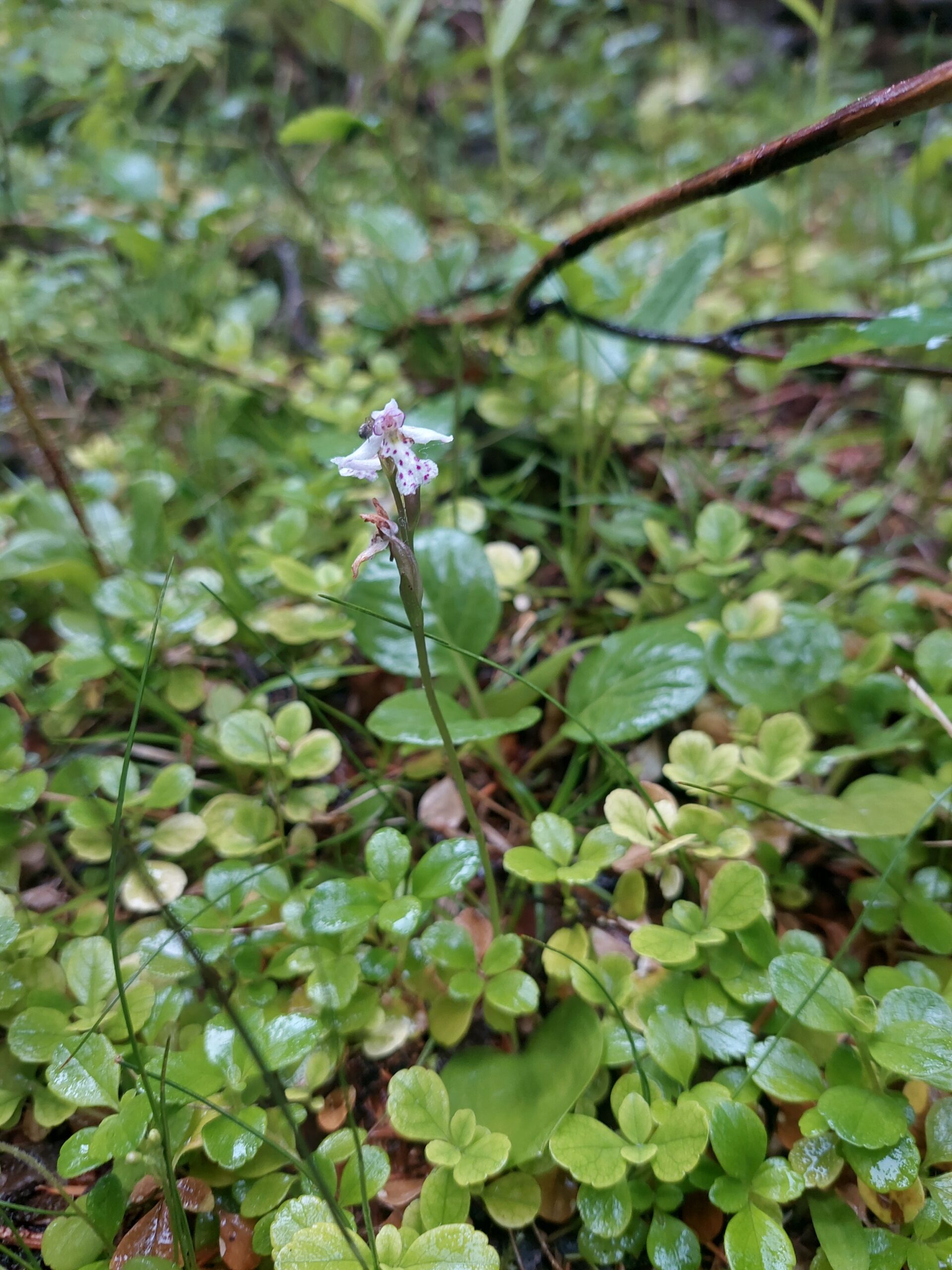The past month has been filled with a mixture of hot daily temperatures of over 100, contrasted by frequent torrential downpours. Such is life in Arizona. But, as they say, with the rains, life follows. It’s strange to see such bright colors contrasted with the dead grass and the occasional plot of cow bones. It’s kinda strange to see so many of them in the middle of a juniper forest sometimes. (The Wild West is still alive!) I found my second coyote skull this month in a ditch while searching for some Parkinsonia seeds, and whoop there it was, bleached and slightly dusted, with no other bones around it. Strange, really, how I just decided to go in the direction of the skull like it was asking me to find it. I like to think that magical moments like this are more frequent than we give credit for. I really like the natural metaphors and poetry that the desert provides, and I’m particularly inspired by the level of resilience and life that exists contrasted with such obvious symbols of death, like the cow bones. I believe that death and endings are underappreciated and over stigmatized. After all, it provides the opportunity for something new to exist when it may not have before. Sure, the rain provides life, but we only ever think of the death following it under the scorching sun. It’s just as natural as everything else. I’m still reflecting on our recent trip to Diamond Point near Payson, where we found crystal-clear quartz points when scavenging for some woodland target species. It was interesting to see scorch marks that looks like they may have been from lightning, contrasted by the sparkle of the crystals in the gravel and sticking up from the pine litter.




